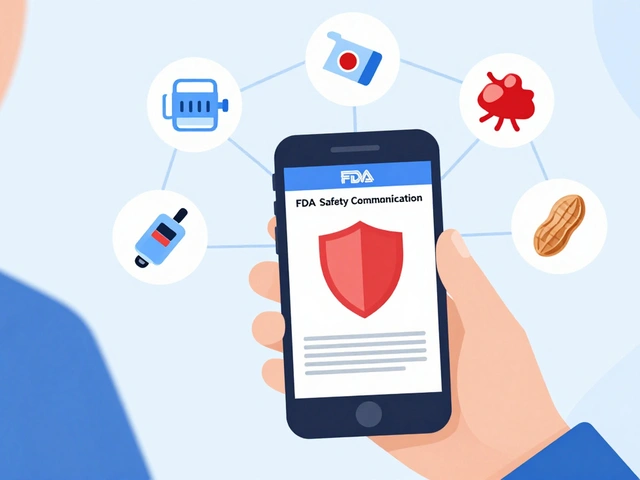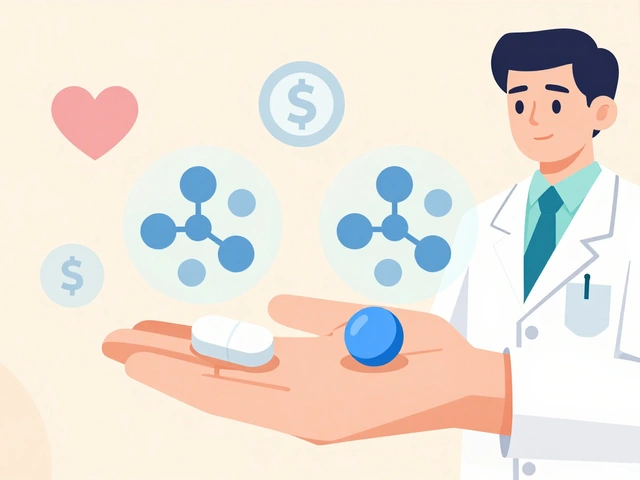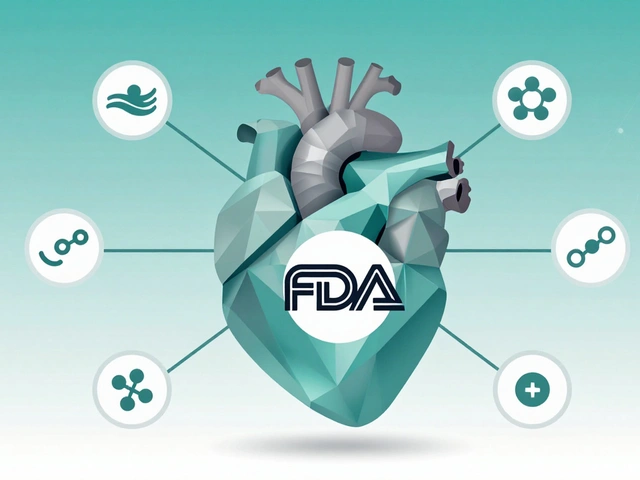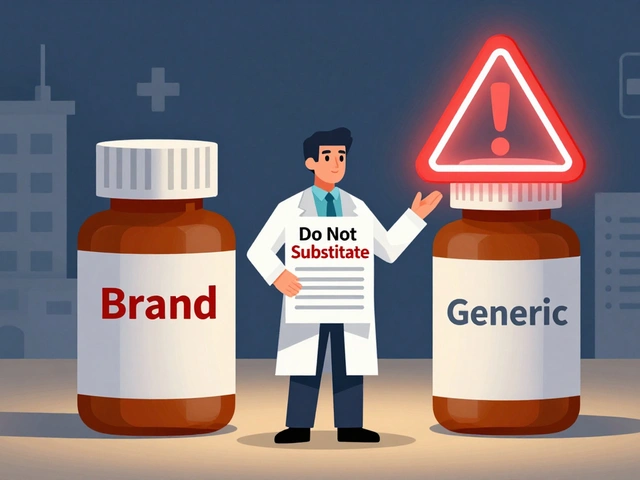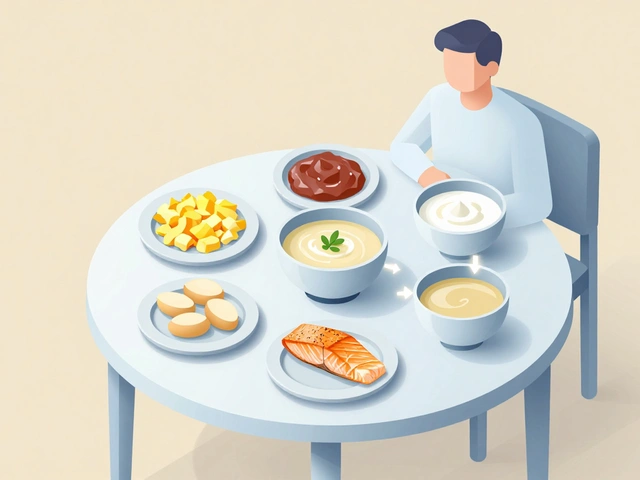Reduce Medication Side Effects: Practical Ways to Stay Comfortable While Taking Prescriptions
When you take a medication, you want it to work—reduce medication side effects, the unwanted reactions that often come with prescription drugs. Also known as adverse drug reactions, these can range from mild nausea to dizziness, fatigue, or even serious changes in blood pressure or mood. But you don’t have to just accept them as part of the deal. Many people quit their meds because of side effects, but often, the problem isn’t the drug—it’s how it’s being used.
Drug side effects, the body’s response to a medication beyond its intended effect. Also known as adverse reactions, they’re not random. They often link to timing, food, other meds, or even your hydration level. For example, hydrochlorothiazide (found in Aquazide) can cause low potassium if taken without enough electrolytes. Betaxolol eye drops (Betoptic) might cause drowsiness if used right before bed. And tiotropium inhalers (used for COPD) work better when you master the breathing technique. These aren’t flaws in the drugs—they’re clues. You can manage these by adjusting when you take your pill, what you eat with it, or how you use the device. Generic medicine safety isn’t about avoiding side effects entirely—it’s about controlling them so they don’t control you.
People often overlook how medication tolerance, how your body adapts to a drug over time, reducing or changing side effects. Also known as drug adaptation, it’s why some side effects fade after a week or two. Your body isn’t broken—it’s learning. That’s why sticking with a new blood pressure pill for a few weeks might be better than switching right away. But tolerance doesn’t mean ignore warning signs. If you’re dizzy, dry-mouthed, or sleeping too much, talk to your doctor. There’s almost always a way to tweak things: lower the dose, change the time of day, swap in a different generic version, or add a simple supplement like magnesium or probiotics (as seen in GERD and bladder guides here).
And don’t forget the power of context. side effect management, the practical steps you take to lessen or avoid unwanted drug reactions. Also known as adverse reaction control, it’s not just medical—it’s daily life. It’s drinking water before your diuretic. It’s taking your antidepressant with food to avoid stomach upset. It’s doing pelvic floor exercises before bed if you have an overactive bladder. It’s avoiding grapefruit with certain pills. These aren’t fancy hacks—they’re habits. And they work. The posts below show real comparisons: how switching from Aquazide to chlorthalidone cuts cramps, how using Combigan instead of Betoptic reduces eye irritation, how timing your COPD inhaler avoids dizziness. You’re not alone in this. Thousands have walked this path. And they found ways to feel better without giving up their meds.
What follows is a curated list of real-world guides that break down exactly how people reduced their side effects—without switching doctors or spending more money. You’ll find comparisons of common drugs, tips for using inhalers correctly, dietary fixes for nausea, and even how herbal options like Nirdosh Herbal stack up against traditional pills. No fluff. No theory. Just what works, what doesn’t, and what to try next.
Learn practical, science-backed lifestyle changes-diet, sleep, exercise, and stress management-that can reduce medication side effects and help you feel better without stopping your prescriptions.
Continue reading...


